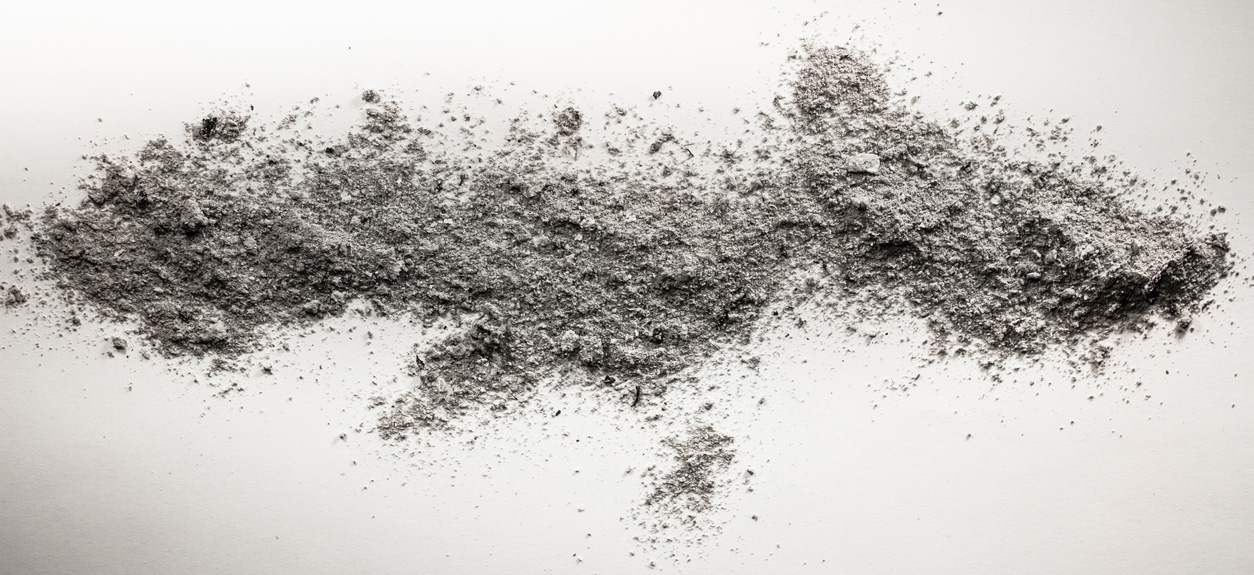
Cremation is a frequently chosen option for bereaved families when their loved one dies. More than 100,000 cremations are performed annually in the Netherlands. In this article we answer the question: what happens during a cremation at the crematoria in the Netherlands. We will also address the fears that bereaved families may have about authenticity of their loved one’s ashes and how these fears can be allayed.
What happens at a cremation?
The cremation process begins by placing the deceased in a coffin or on a bier board that is placed in the furnace. The temperature in the oven is raised to about 800 to 1,100 degrees Celsius. This process takes an average of an hour and a half.
Next of kin may be present at the cremation. Different crematoria have their own rules regarding what can go into the cremation furnace with them. Glass objects should never be included because they can damage the oven. When cremated in a cremation oven, virtually no fire burns and no visible smoke is produced. The body and the coffin decay due to the extreme heat and glow red.
In cremation, the casket and tissue of the deceased largely burn. The bones or bones partially decay into ash, but do not burn completely during cremation.
Grinding the ashes
To preserve the cremation remains in an urn or ash jewelry, the remaining bone structure is ground into a white-gray powder using a cremulator. In addition, about 15% of the ashes consist of tissue, clothing and the material of the casket. After cremation, the ashes of the deceased are collected in a container.
What happens to gold molars after cremation?
Gold molars and other metals may remain during the cremation process. These are separated from the rest of the ash by the kilnist using a magnet. The metals are reused. All crematoria in the Netherlands donate the proceeds to charities. It is not possible to reclaim the remaining precious metals after cremation.
Cremation stone
To allay the fears of bereaved families that the ashes they take with them are not the ashes of their loved one, a cremation stone is placed on the casket at the start of cremation. This is a small stone with a unique number that indicates which ashes belong to which deceased person. The stone, like the metals, does not burn during cremation. Moreover, after a cremation, the operator of the furnace also sweeps the last remaining ashes into the container. Due to maximum care, a loved one’s ashes are basically not mixed with other ashes. This allows bereaved families to be sure they are receiving the correct ashes of their loved one.
One-month waiting period
In the Netherlands, it is legal that next of kin can only collect the ashes from the crematorium after one month. This way, next of kin have time to think about what they want to do with the ashes. Matters in the will can also be safeguarded and any forensic investigations can take place.
Conclusion: The cremation process in the Netherlands is a safe and respectful process. Next of kin can choose to further process the ashes into a piece of jewelry or choose a tangible keepsake such as an urn. There are also systems such as cremation stones that ensure next of kin are certain they are receiving the correct ashes of their loved one.



